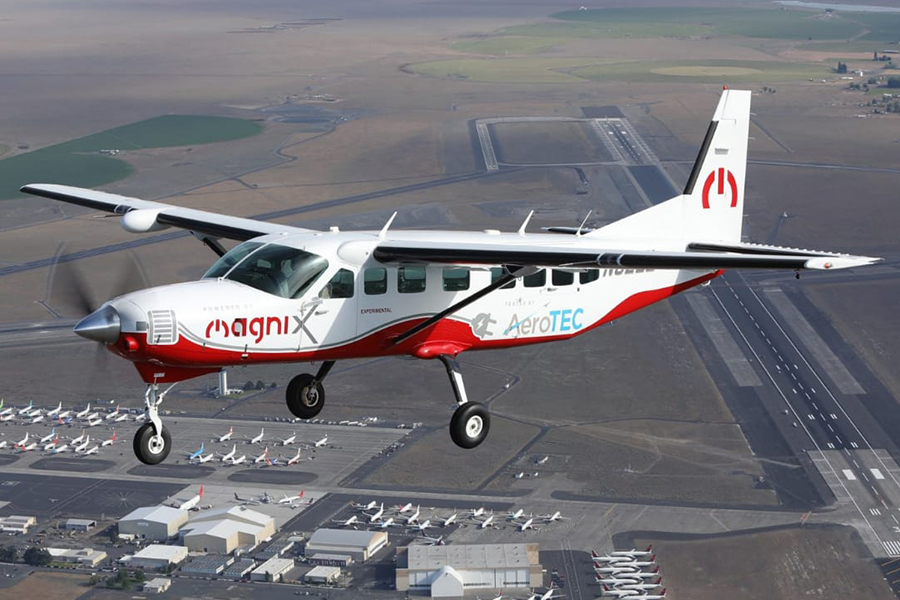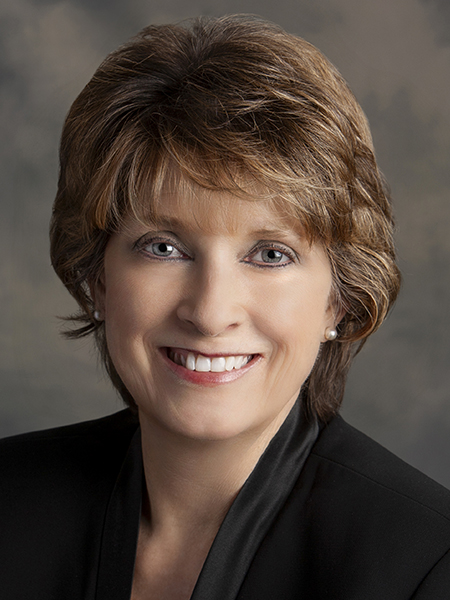Keep calm and carry on: Innovative aerospace engineers will solve this complex problem

As a graduate of the AAE Class of 1986, I have seen multiple employment swings in the aerospace industry during my career. The downturns were always very disturbing, watching as major corporations, such as Boeing, Lockheed Martin, Pratt & Whitney and GE, announced thousands of engineers would be laid off. Those impacted the most were the newest and typically the youngest engineers.
I view the current state of the aerospace industry as being just another one in the cycle. Each downturn has had its unique events leading up to the respective crisis. A gradual return to profitability always occurs. Aerospace is not the business to be in if you want calm skies ahead.
When the Cold War ended, the aerospace industry lost approximately 500,000 jobs between 1989-1995 as military sales declined, manufacturing was out-sourced overseas, price wars erupted between established airlines and low-cost carriers, and the global recession led to low passenger demand. In response to the contraction, the U.S. federal government offered educational assistance to displaced workers to be retrained in a different field. One of my best friends who earned her BS in Aerospace Engineering from Ohio State University returned to college to earn a MS in Environmental Engineering. She has remained in that field since.
Just as the industry was nearly recovered, 9-11 happened. At the time, I was working at Northwest Airlines as an Engine Performance Engineer and saw first-hand the impact a global crisis would have on the travel industry. As the days, weeks and months went by, we wondered what it would take to restore customer confidence to fly on an airplane once again.

The industry changed and the public adapted to the new levels of security onboard the aircraft and in the airports. By 2003, increasing demand for air travel, new aircraft programs and increased defense spending led to significant job growth in the aerospace sector. Even though the economic collapse of 2008 resulted in significant job loss, orders for military aircraft and equipment in the U.S. increased as well as spending for space programs and the Next Generation Air Transportation System. This demand drove aerospace corporations to seek new engineering talent from universities. These corporations eventually found themselves in a situation where there was a huge age gap between the recently hired engineers and the senior engineers. The middle-aged group of engineers (30-45) had nearly disappeared, leading to concerns that the aging engineering workforce would soon retire, taking knowledge and lessons learned with them. In response, aerospace companies identified ways to level-load the workforce during downturns to avoid massive layoffs. They looked for incentives to keep talented engineers employed with them, such as adding more opportunities for advancement, better benefits, higher salaries and Fellows programs. When growth looked sluggish, they offered voluntary early retirements to senior engineers to gradually lower the overall compensation burden before resorting to layoffs.
I read recently in Aerotime Hub, “Crisis can provide great opportunities to take a step back and to innovate.” This statement reminded me of the similarities between the 2001 terrorist attack and the 2020 COVID-19 pandemic in regards to the impact on commercial aviation. What big, bold ideas will it take to restore customer confidence once again?
We stay in aerospace because we love everything to do with flight. Even though manufacturers, airlines and suppliers are struggling under the impact of COVID-19, the industry will survive because aerospace engineers are agile and innovative and they will find a way to solve this big, complex problem we are currently facing.
There is still so much to be excited about! EASA just certified the first all-electric aircraft, the Pipistrel Velis Electro. MagniX just flew the heaviest all-electric aircraft, the Cessna eCaravan. SpaceX’s Crew Dragon safely returned U.S. astronauts to the ISS. Blue Origin, Dynetics and SpaceX are working toward a lunar landing by 2024. DoD initiatives, such as Future Vertical Lift (FVL) and Maven AI, continue at full speed ahead.
Instead of focusing on the negative news of the day, focus on the future of air and space travel. How can we redefine what air mobility looks like over the next three decades? How can we assure that all citizens have access to affordable, convenient and environmentally responsible transportation? Unmanned air taxis, electric propulsion, eVTOL aircraft, autonomous systems, commercial space travel, travel to the Moon and Mars, remote additive manufacturing and 5G technologies already are revolutionizing the industry.
As students who will be entering the workforce soon, you will be the innovators making these technologies a part of everyday life for all citizens. Prepare yourselves by understanding model based systems engineering processes, attending virtual conferences, reading technical publications through AIAA, SAE and IEEE, and subscribing to major aerospace news outlets, such as Air & Space, Aviation Week and Air Current. My AAE degree from Purdue University prepared me well for this industry, and I feel confident that you will soon be the engineers making the greatest impact on aerospace.
Rhonda Walthall, Technical Fellow, Collins Aerospace
BSAAE, Member of the IAC, 2020 Outstanding Aerospace Engineer, Purdue University
MBA, Pepperdine University
SAE International Board of Directors
The views and opinions expressed in this blog are those of the authors and do not necessarily reflect the official policy or position of Purdue University or the School of Aeronautics and Astronautics.
